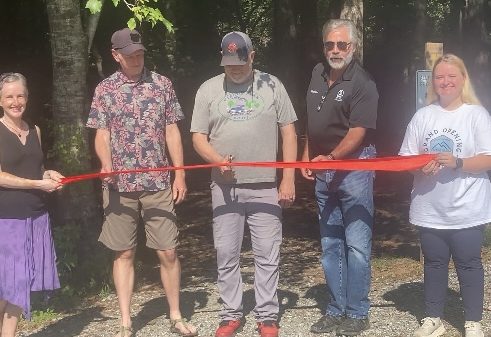Commissioners need to address ever expanding TIEC plans
Published 8:00 am Friday, March 30, 2018
In the early stages, the Tryon International Equestrian Center was expressed to be an international equestrian center, providing facilities for competition coming from inside and outside the United States.
It’s now become a theme park with high rise hotels with no restrictions on the number of rooms — mixed-use development consisting of schools, churches, retail sales and services. There was no discussion on what the amenities the theme park would include at build out.
To have a theme park with an amusement park character, i.e. rollercoaster rides etc., would not represent equine interests and should not be considered in a zoning change.
Theme parks have their own environmental impact issues. A concern was expressed at the recent public hearing, that visual pollution caused by high rise buildings and structures will impact the natural environment of our community and be in conflict with views of the Blue Ridge Mountains to the west.
The maximum building height requested was 60 feet, for living quarters with no restriction on height above that. Other environmental issues of concern affecting the surrounding areas were: air quality, noise, vehicle traffic and congestion affecting not only the Pea Ridge area, but the towns of Columbus, Tryon, Rutherfordton and Landrum.
It was very informative to hear that water supply, waste water treatment capacity and EMS services were adequate to serve the equestrian center but there was no mention as to how the surrounding properties would or could be served as future development occurs. History has shown these types of developments will attract compatible interests to the area and accelerate the need for public improvements.
It was apparent at the public hearing the residents of the community are aware of the area moving from a rural community environment to a more urban one, which will ultimately affect the setting that brought people here originally.
It would be prudent for the county commission to delay approval for any zoning change at this time.
With no limit to the number of hotel units which can be built and no idea as to the anticipated number of visitors expected to visit the theme park, there is no way to estimate the primary and secondary impacts on public facilities affecting the region.
John Orsillo
Columbus





